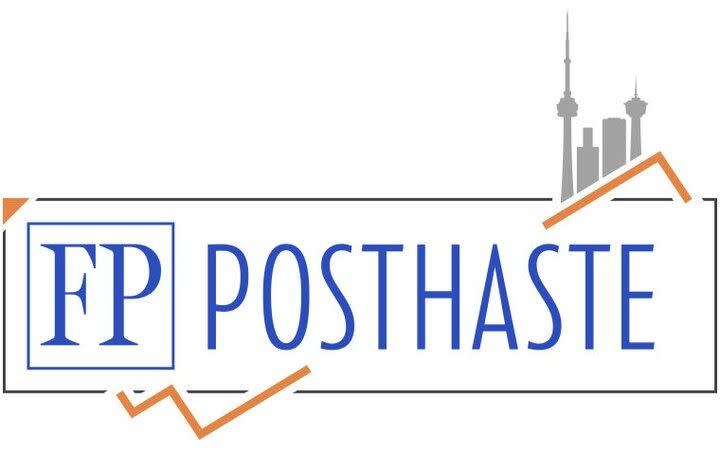Posthaste: Why everyone is suddenly going crazy for gold


Good Morning!
Gold has no cash flow, no major use in industry and there’s a fair amount of it on this earth. So why buy it?
A good question, but plenty of people are.
In recent days, rising demand has pushed the yellow metal towards its record of US$2,075 an ounce. Over the past six months, it has climbed to a high of US$2,048 an ounce from US$1,710. This morning, it was trading at US$2,038.
Gold is “that rare thing, an uncorrelated anti-stagflation hedge,” said BofA Global Research in a report entitled The new case for gold.
The precious metal has been seen for years as a safe haven in global economic turmoil. But these days, with corporate profits falling, inflation remaining high and major currencies losing their value, it is looking especially attractive, the strategists said.
“The shift from a two-per-cent world to a five-per-cent world means structurally higher inflation and interest rates, and gold is one of the few assets with no correlation to stocks (-0.01 per cent) that is also robust against stagflation,” they said.
That makes it “best of breed” for portfolio diversification.
That’s especially true because the old ways of diversifying aren’t working as well anymore, they said. Thirty years ago, S&P 500 stocks were only about 10 per cent correlated. Now, with a few growth stocks dominating the market, intra-index correlations are often more than 50 per cent.
Gold demand
Gold prices have been heading higher as investors pile in, worried about slowing economies, rising credit stress and geopolitical risks. Central banks are big buyers and their appetite for gold in 2022 rose 150 per cent to reach a 55-year high.
“If central banks keep buying and flows increase into gold ETFs, gold’s rally should extend,” the BofA strategists said.
Another driver of demand is fears about the U.S. dollar. Investors have become increasing worried about the staying power of the greenback, which faces pressures from global competition and rising debt burdens.
Meanwhile, the chance of a potential headwind for gold, namely, U.S. Federal Reserve rate hikes, is fading. Markets now see a 86.9-per-cent chance that the Fed will hold in June, but inflation data out tomorrow could change that outlook.
How high will gold go?
Bullish BofA strategists are predicting a price of US$2,200 an ounce by the fourth quarter of this year. Their technical analysis backs that up and suggests prices could reach as high as US$2,543.
How much gold should you buy?
Starting with a conventional 60/40 portfolio, BofA said investors can improve returns by taking from stocks and bonds equally and putting 25 per cent in gold.
During past turmoil such as the dot-com bubble, great financial crisis and COVID-19 pandemic, a portfolio that held 25 per cent in gold cut losses by nine per cent on average, they said.
How to buy gold
BofA favours gold exchange-traded funds over gold mining ETFs, which they say offer lower returns and less diversification.
They are initiating coverage of five gold ETFs, and their top picks are SPDR Gold Mini Shares Trust and iShares Gold Trust Micro, which they say have lower expenses than their peers and the same fundamentals.
_____________________________________________________________
Was this newsletter forwarded to you? Sign up here to get it delivered to your inbox.
_____________________________________________________________________


Whoa, Asia is expected to account for 70 per cent of global growth this year, with China and India alone contributing half.
The International Monetary Fund, which brings us today’s chart, forecasts that economic growth in Asia and the Pacific will rise to 4.6 per cent this year, up from 3.8 per cent last year, while the western world braces for recession.
The reopening of China has brought a surge of spending domestically, even though demand from the rest of the world has weakened, said the IMF.
China has been a driver of global growth for decades, but the IMF expects that economic engine to slow “considerably” in the future as the population ages and productivity declines.
U.S. President Joe Biden meets Republican House Speaker Kevin McCarthy and other congressional leaders at the White House this afternoon for closed-door talks as a potentially catastrophic June default looms. The 4 p.m. ET meeting is not expected to produce a final agreement on raising the debt ceiling, but will be closely scrutinized by global investors.
Today’s Data: NFIB Small Business Economic Trends Survey
Earnings: Pet Valu Holdings, Lion Electric, Duke Energy, George Weston, Great-West Lifeco, Electronic Arts, Ovintiv, NuVista Energy, Pizza Pizza Royalty Corp., Kinross Gold, Element Fleet Management, Boardwalk REIT
___________________________________________________

_______________________________________________________
Do you want a digital loonie? The Bank of Canada wants to know
Fate of Canada’s government grain sommeliers back in question after PSAC strike
Warren Buffett’s Canadian heir-apparent steps into Berkshire spotlight at famous AGM
Looking for value in volatile times? Investing pro Martin Pelletier says the best place to find them is the small-cap space. Returns on small caps during recessions dating back to the 1980s have as much as doubled those of large caps. Another area investors may want to look at is the value segment of the market.
There is a lot of potential to find hidden gems compared to the megacaps that are heavily tracked by Wall Street. Pelletier has tips to help with the hunt.
____________________________________________________
Today’s Posthaste was written by Pamela Heaven, @pamheaven, with additional reporting from The Canadian Press, Thomson Reuters and Bloomberg.
Have a story idea, pitch, embargoed report, or a suggestion for this newsletter? Email us at posthaste@postmedia.com, or hit reply to send us a note.

 Yahoo Finance
Yahoo Finance 



